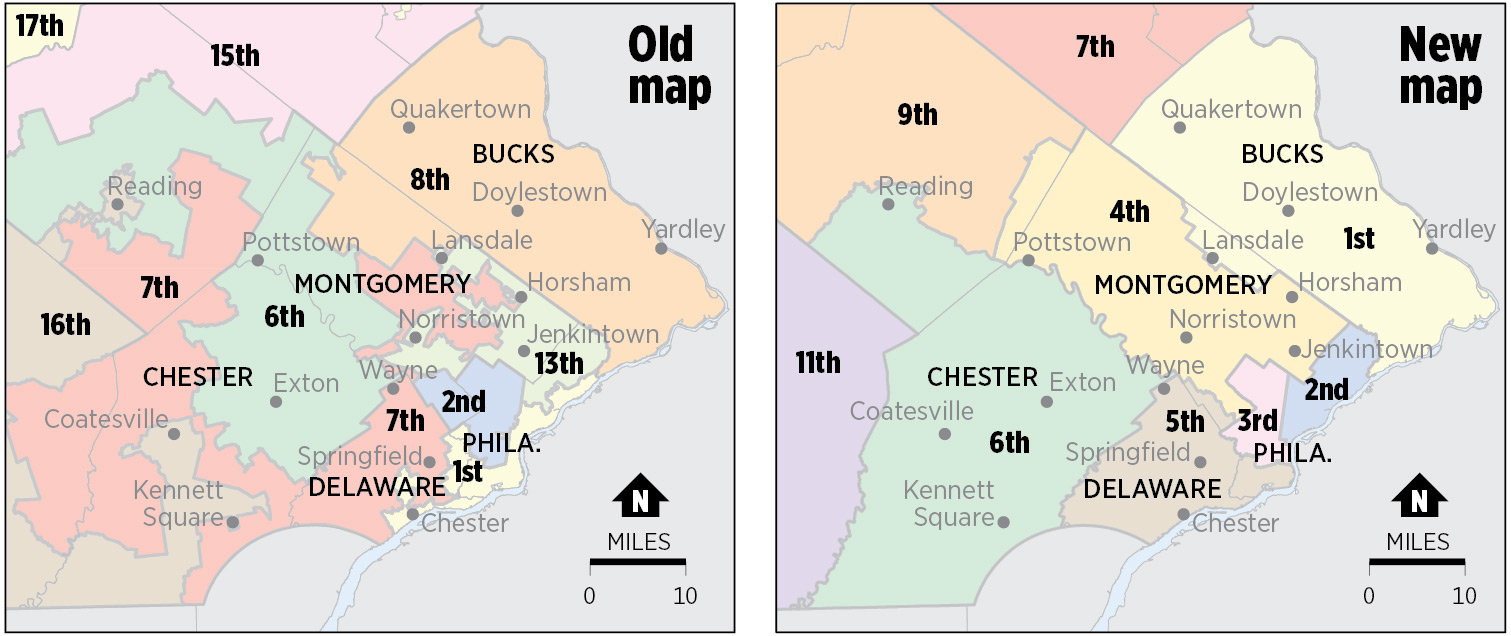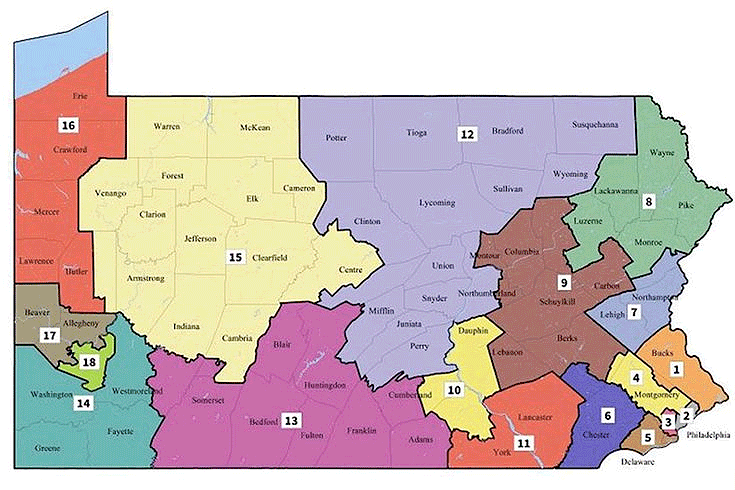By Jim Ellis
March 9, 2018 — The PA-18 special election will be decided on March 13, falling between the Texas primary this past Tuesday and the Illinois state primary on March 20. And, as the two candidates, Republican state Rep. Rick Saccone (R-Canonsburg) and Democratic former federal prosecutor Conor Lamb, head for the finish line, late polling suggests this contest is a pure turnout battle.
The current 18th District lies in the southwestern corner of Pennsylvania, encompassing a portion of Pittsburgh. The district contains parts of four different counties: Allegheny, Westmoreland, Washington, and Greene.Though this Pennsylvania region is culturally Democratic, Republicans have moved the 18th District from marginal status to secure in the past few elections. President Trump easily won here in 2016, and resigned Rep. Tim Murphy (R-Pittsburgh) didn’t even draw an opponent in his past two campaigns. The congressman’s forced resignation over a sordid extra-marital affair led to this special election.
Under Pennsylvania election law and process, the political party leaders convened district conventions in November to choose their special election candidates. The Republicans went with state Rep. Saccone who, until the 18th District opened, had been a US Senate candidate. Democrats turned to 33-year-old former federal prosecutor Conor Lamb, whose grandfather is a previous state House Democratic Leader. His uncle, Michael Lamb, is the Pittsburgh City Controller.







